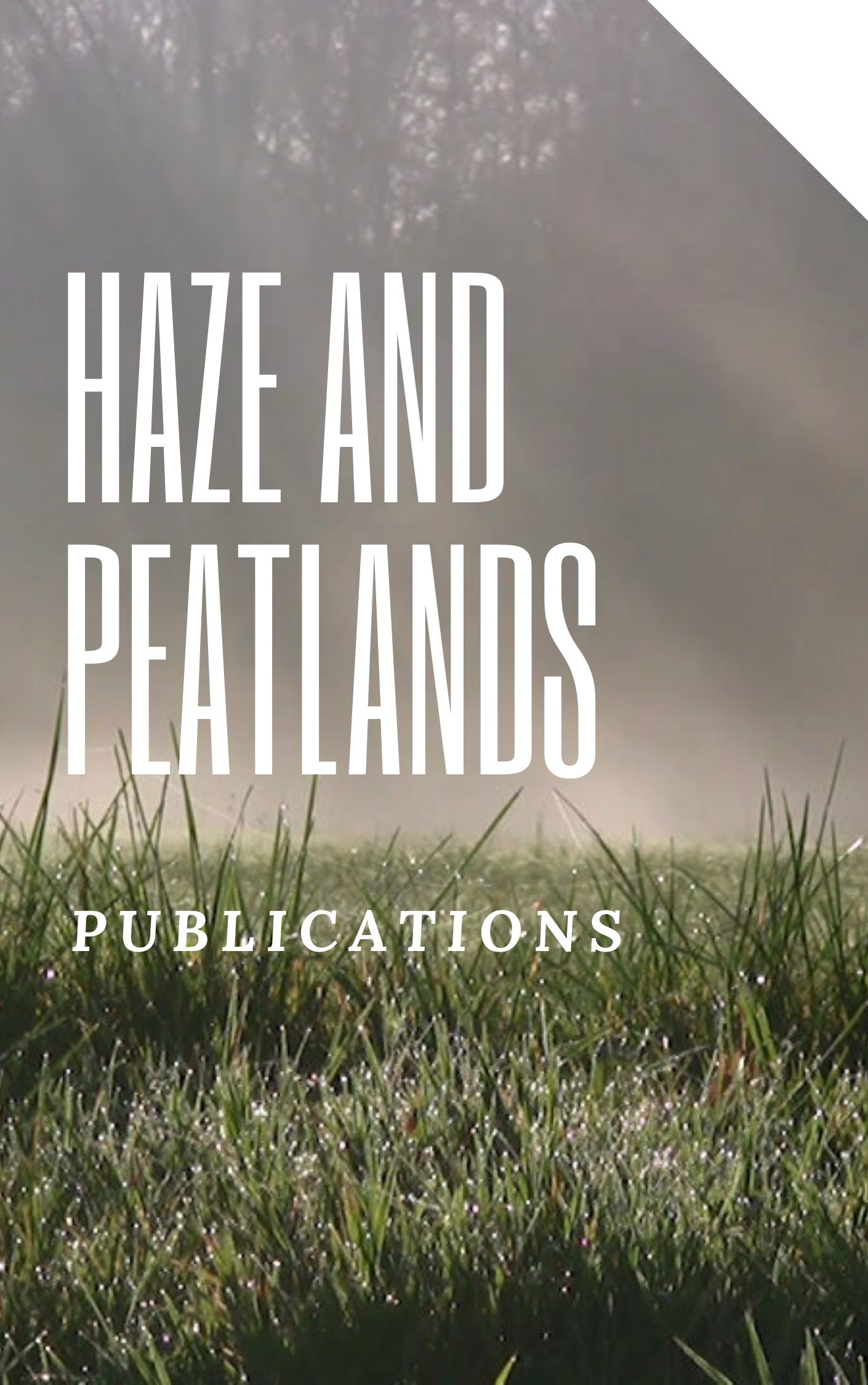Tropical peatlands store vast volumes of carbon belowground. Human land uses have led to their degradation, reducing their carbon storage services. Clearing and drainage make peatlands susceptible to surface and belowground fires. Satellites do not readily detect smouldering peat fires, which release globally significant quantities of aerosols and climate-influencing gases. Despite national and international desire to improve management of these fires, few published results exist for in situ tropical peat fire behaviour and associated carbon emissions. We present new field methodology for calculating rates of fire spread within degraded peat (average spread rates, vertical 0.8 cm hr−1, horizontal 2.7 cm hr−1) and associated peat volume losses (102 m3 ha−1 in August, 754 m3 ha−1 in September) measured at six peat fire sites in Kalimantan, Indonesia, in 2015. Utilizing locally col-lected bulk density and emission factors, total August and September gas emissions of 27.2 t ha−1 (8.1 tC ha−1) and 200.7 t ha−1 (60.2 tC ha−1) were estimated. We provide much needed, but currently lacking, IPCC Tier 3-level data to improve GHG estimates from tropical peat fires. We demonstrate how calculations of total emission estimates can vary greatly in magnitude (+798% to −26%) de-pending on environmental conditions, season, peat burn depth methodology, bulk density and emission factors data sources, and assumed versus observed combustion factors. This illustrates the importance of in situ measurements and the need for more refined methods to improve accuracies of GHG estimates from tropical peat fires.
View source

